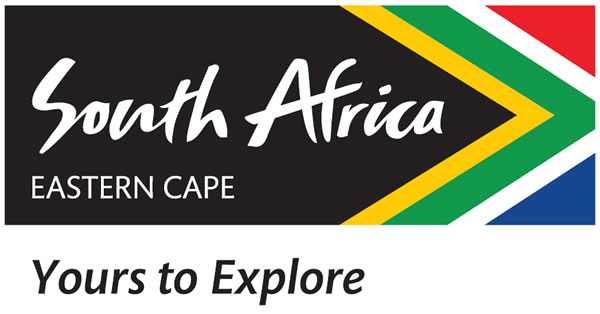Grahamstown and the Eureka Diamond
Thursday, 7th November 2013

The following passage from The Discovery of Wealth written by Diko Van Zyl takes a look at the fascinating events surrounding the discovery of South Africa's first identified diamond (Eureka). A priceless piece of South Africa's Heritage.
"To the unsophisticated inhabitants of the area round the confluence of the Orange and the Vaal, diamonds were a myth. Few had even heard of such treasures, nor had any notion of their value. The children of stock farmers on the southern banks of the Orange River often picked up pretty pebbles along the river and carried them home to play with them. So, too, did the children of Daniel Jacobs of the farm De Kalk, near Hopetown, a quiet little hamlet in the Northern Cape, about 64km from the confluence of the Orange and the Vaal. Towards the end of 1866 one of Jacobs’ children – reputedly 15 year-old Erasmus Stephanus – found the pebble that was to become the first diamond identified in South Africa.
Early in 1867 Jacobs’ neighbour, Schalk van Niekerk, paid De Kalk a visit and spotted a beautiful, glittering pebble among the children’s playthings. Van Niekerk had never seen a diamond, but he used to collect colourful stones. Mrs Jacobs noticing his interest told him he could have this one. A few weeks later John O’Reilly, a hunter and trader, visited Van Niekerk and was shown the pretty pebble; he undertook to find out what kind of stone it was. Businessmen in Hopetown scoffed at his suggestion that the pebble was a diamond, as they also did in Colesberg except for Lorenzo Boyes, a local justice of the peace and acting civil commissioner, who proved more sympathetic. Boyes was acquainted with Dr William Guybon Atherstone of Grahamstown, an amateur mineralogist to whom he had previously sent colourful stones for assaying. Now he recommended that this pebble should also be sent to Dr Atherstone.
On 12 March 1867, the stone was packed in an ordinary envelope and sent off by mail coach. Dr Atherstone immediately identified it as a straw-coloured diamond of 21.25 carats and estimated its value uncut, at some £800. Atherstone notified Richard Southey, the Colonial Secretary, and suggested that the diamond be displayed at the Paris Exhibition later that year. At Southey’s request the stone was brought to Cape Town, where it was assayed by others, including the French consul, Ernest Heritte – another amateur mineralogist – and Louis Hond, a jeweler, who confirmed that it was a diamond and valued it at £500, uncut (polished it would be worth £800). As a final check the stone was sent to London, where the well-known jewellers, Garrard & Co, confirmed that it was indeed a diamond worth £500.
After protracted negotiations the Eureka – as the diamond was named – was bought by Sir Philip Wodehouse, Governor of the Cape, in December 1867 (Wodehouse became the first diamond speculator in the country; in his private capacity he bought the best of the first diamonds discovered in 1867 and 1868, selling them at a profit, locally and abroad). Of the £500 fetched by the Eureka, Van Niekerk received two-thirds and O’Reilly a third, once sundry costs had been defrayed.
In England Wodehouse sold the Eureka to an unknown person or company. In 1966, a century after its discovery, De Beers Consolidated Mines bought the Eureka from its current owner, Peter Locan of London, and presented it to the people of South Africa. It was exhibited in the Houses of Parliament for some years, but was later returned to its region of origin and is now housed in the Kimberley Museum."
Article courtesy of The Heritage Portal, Wed, 06/11/2013 - 07:58
Picture: Wikipedia
